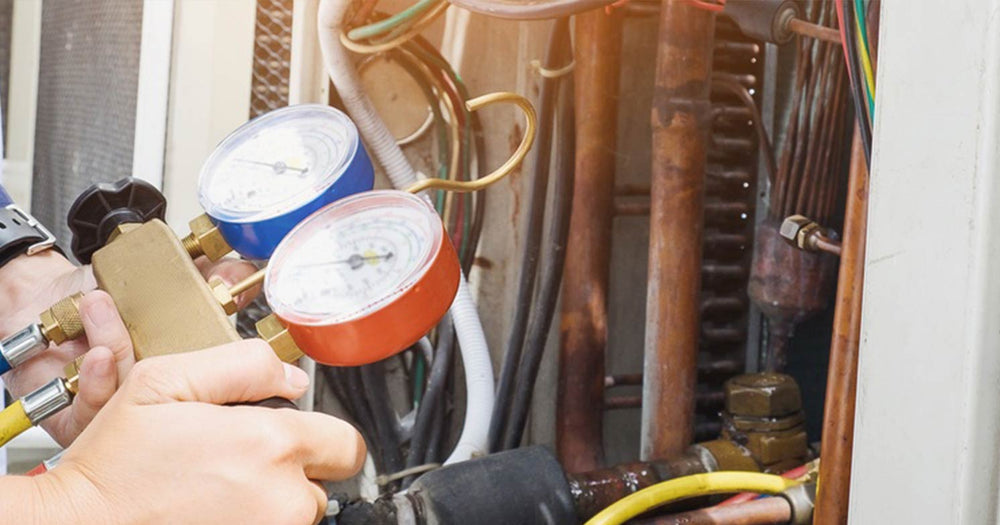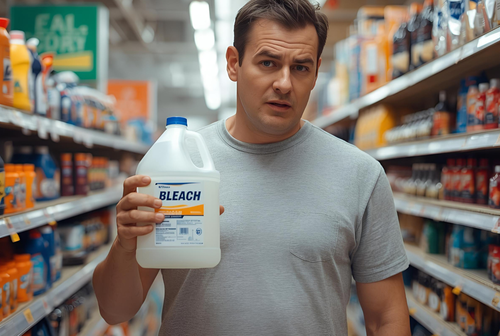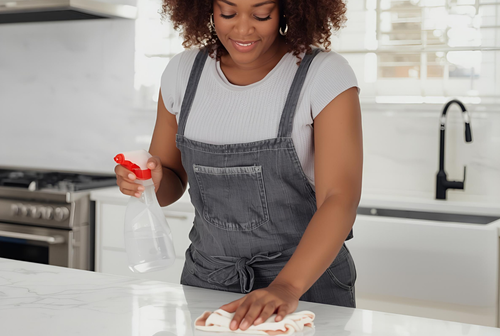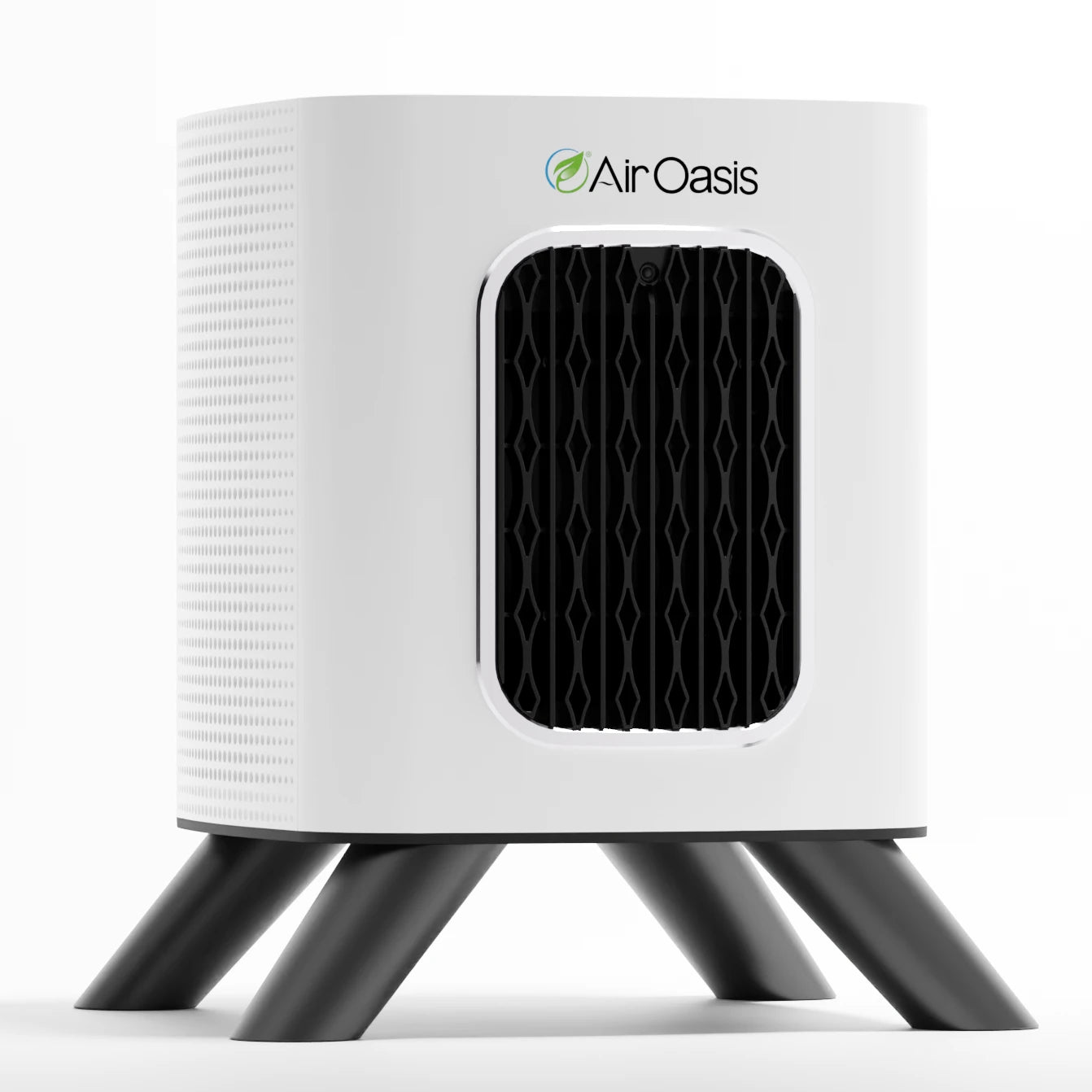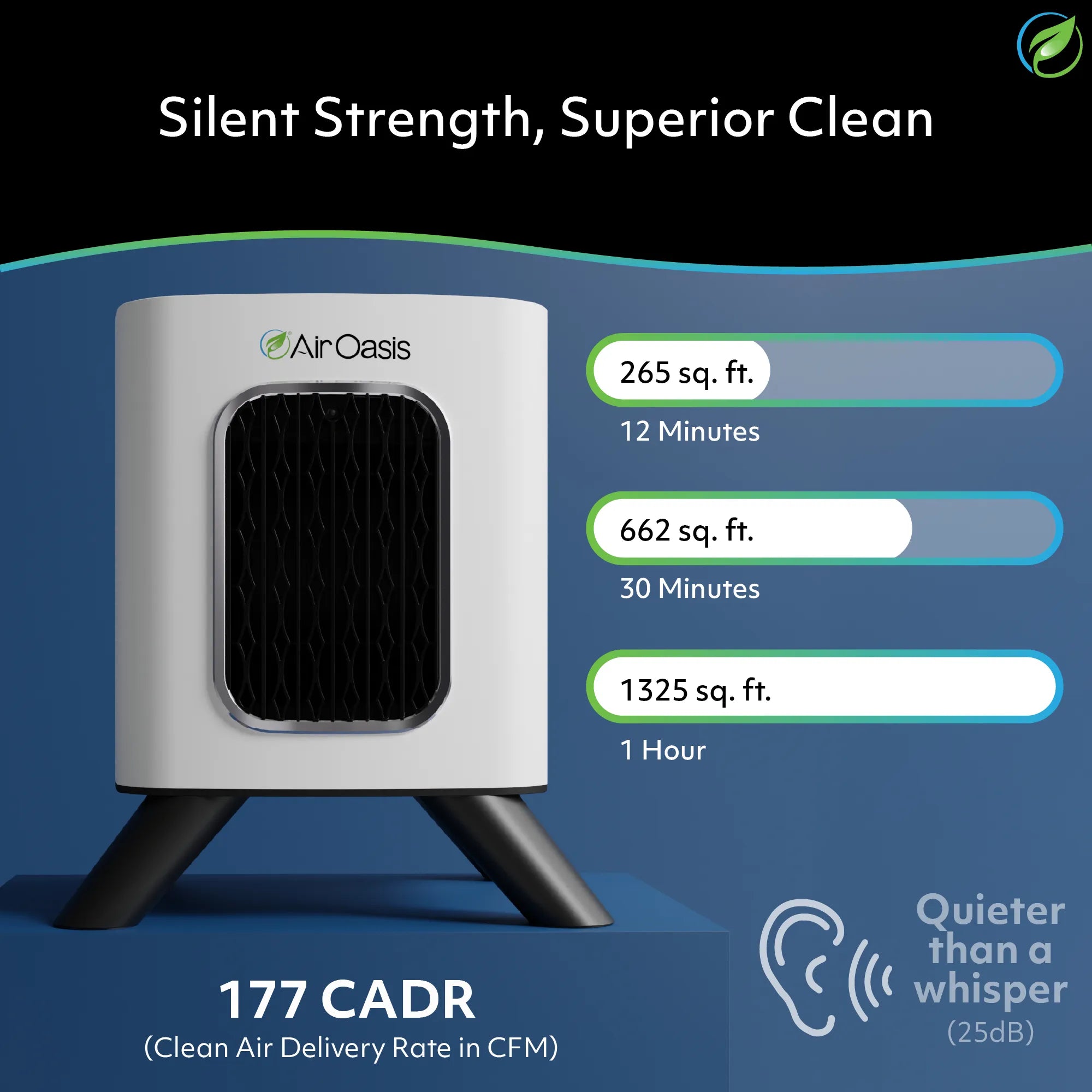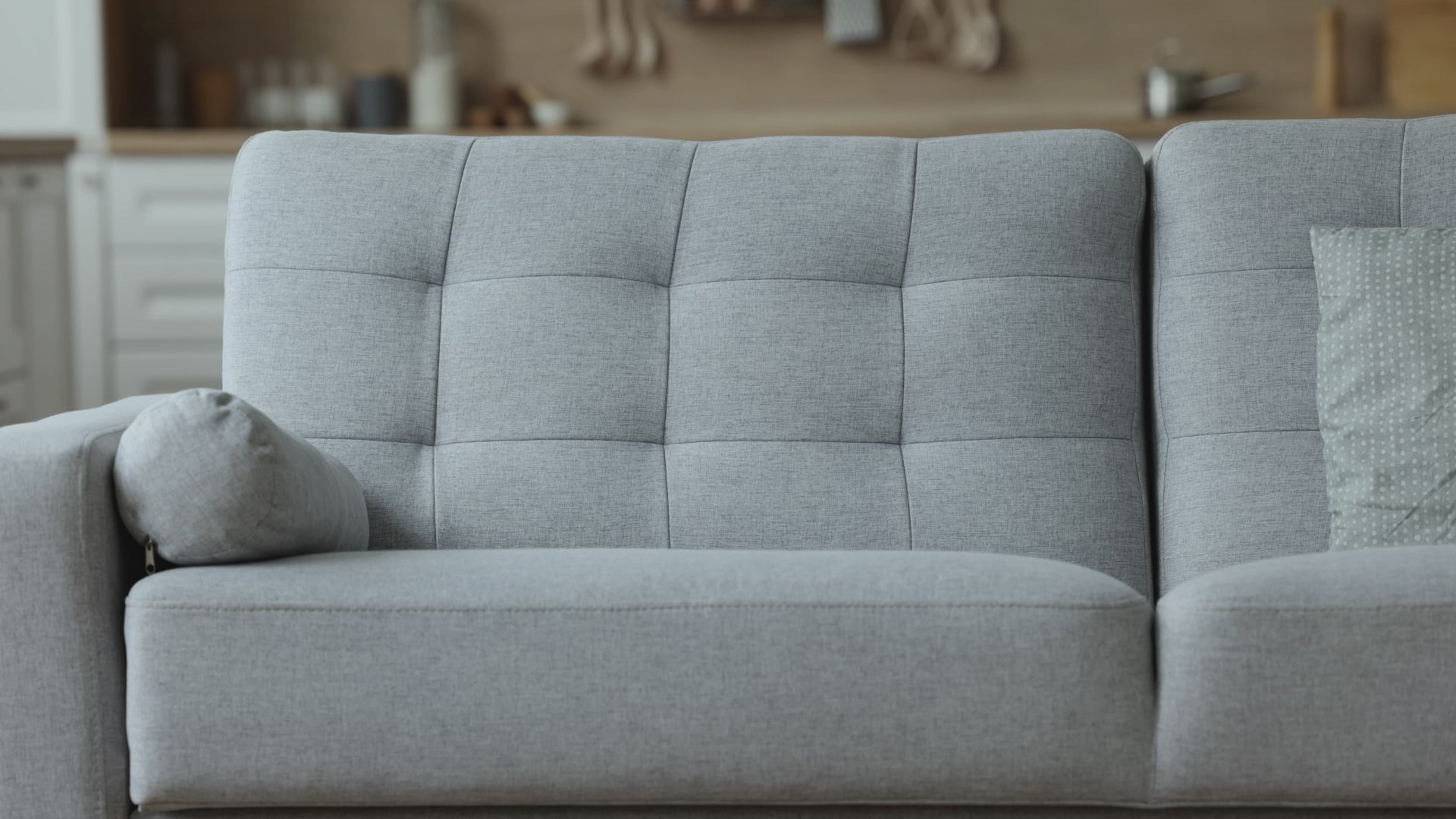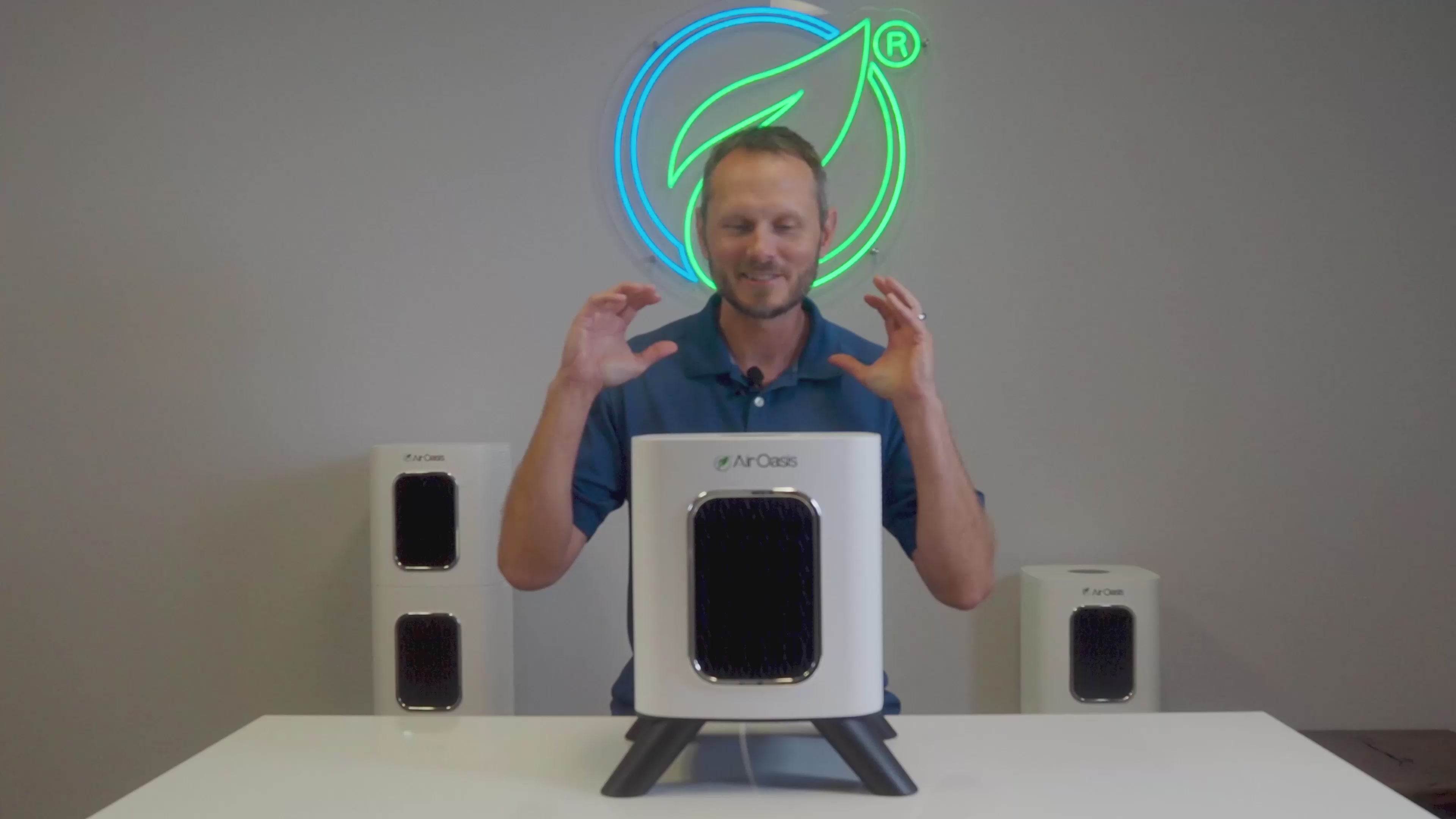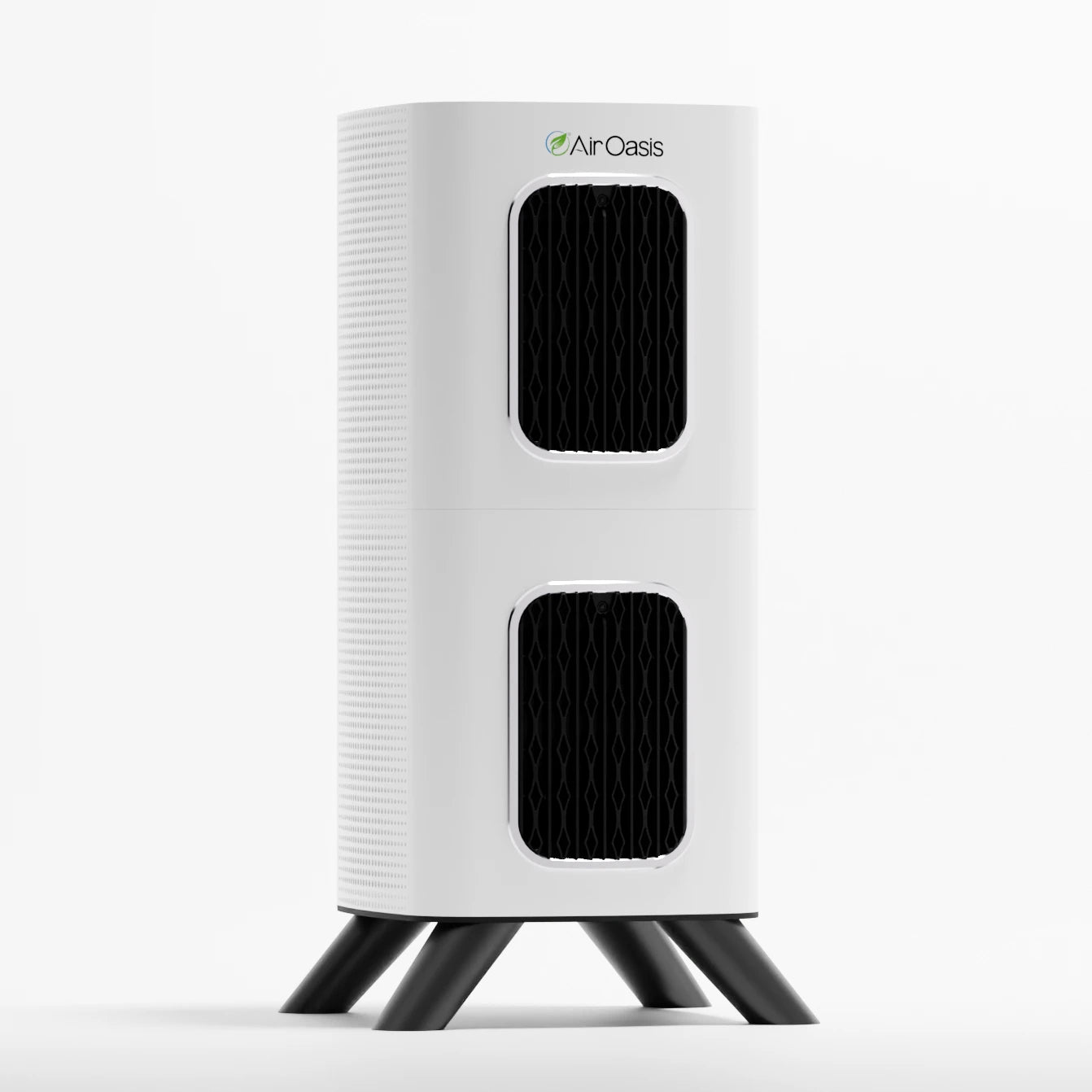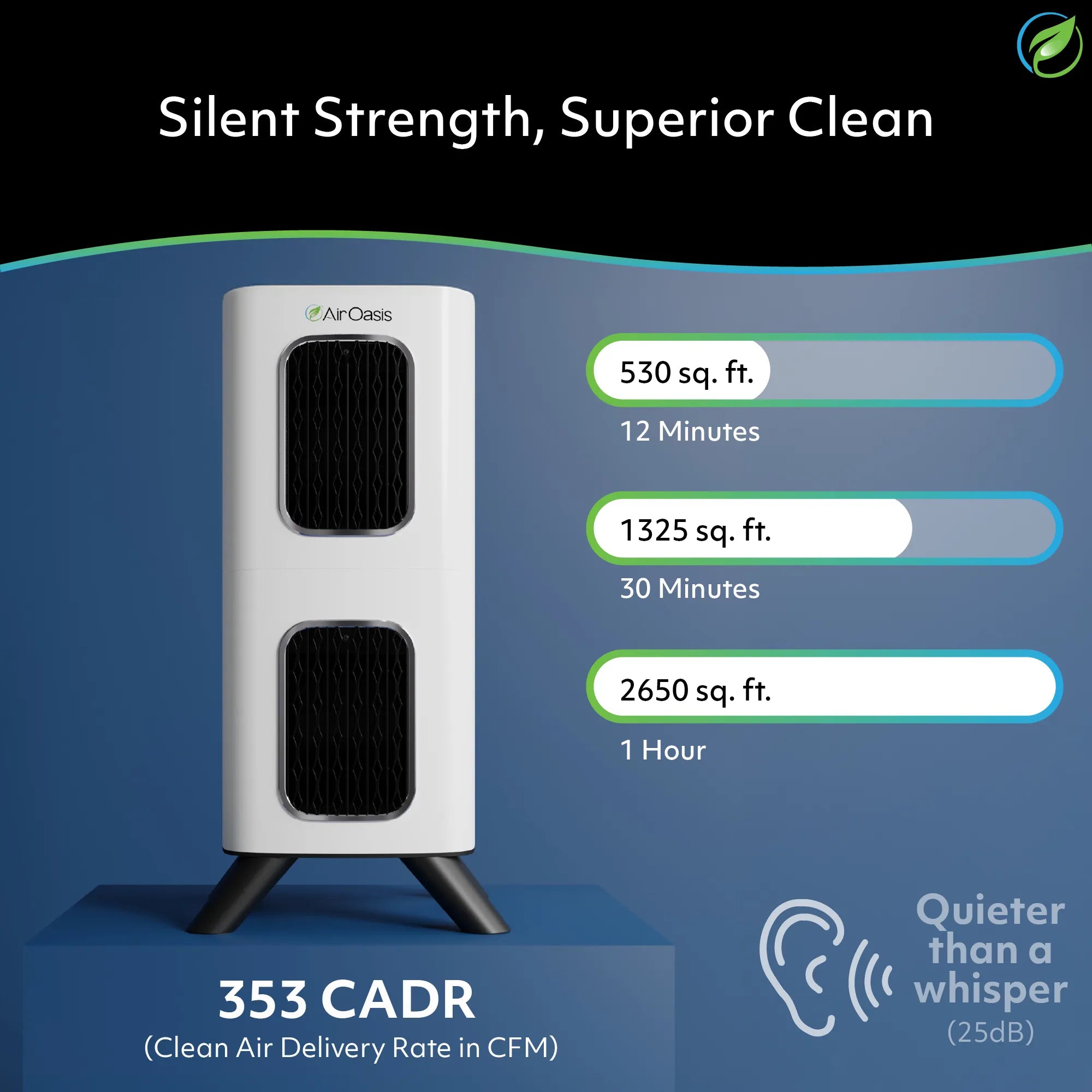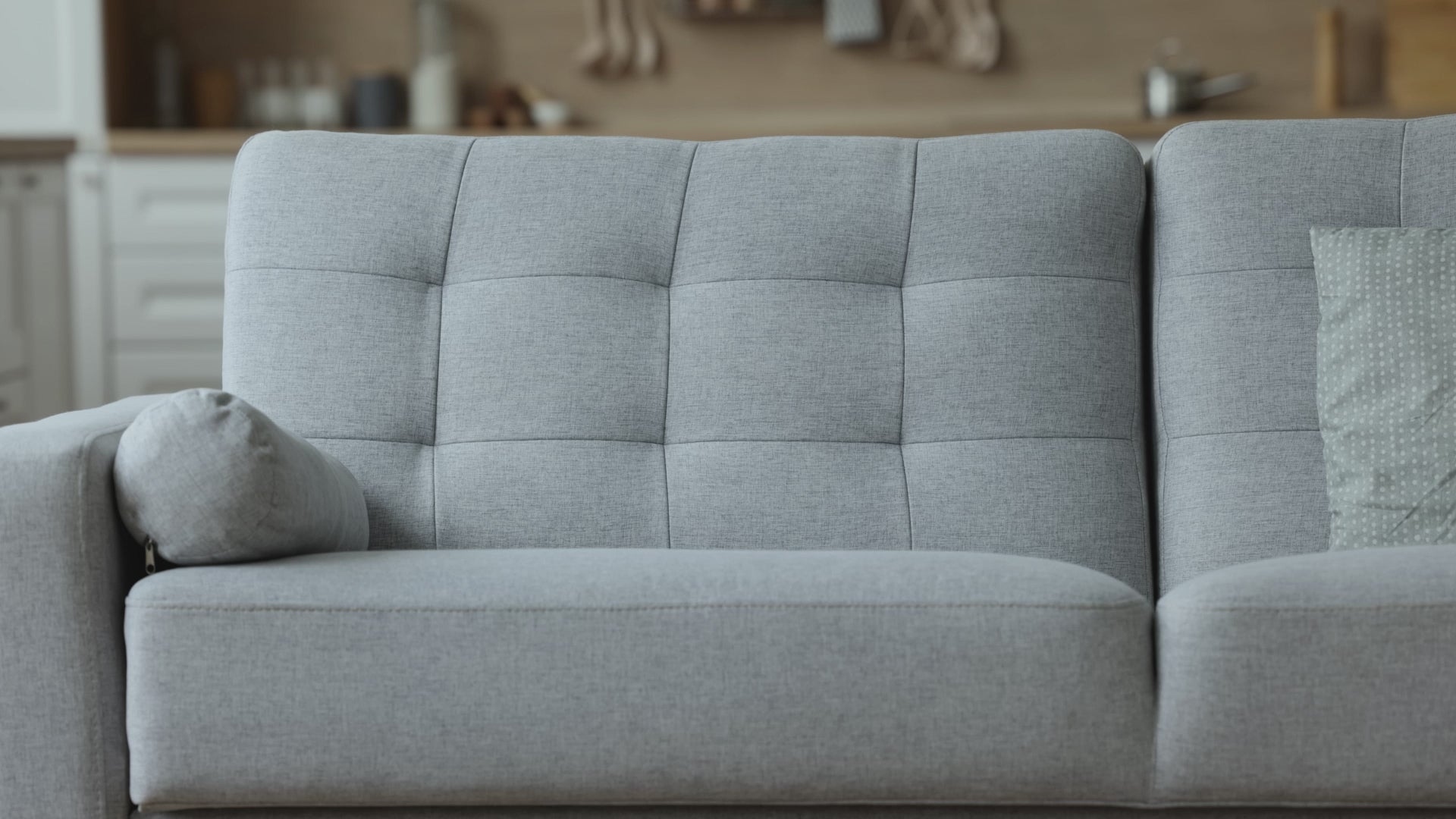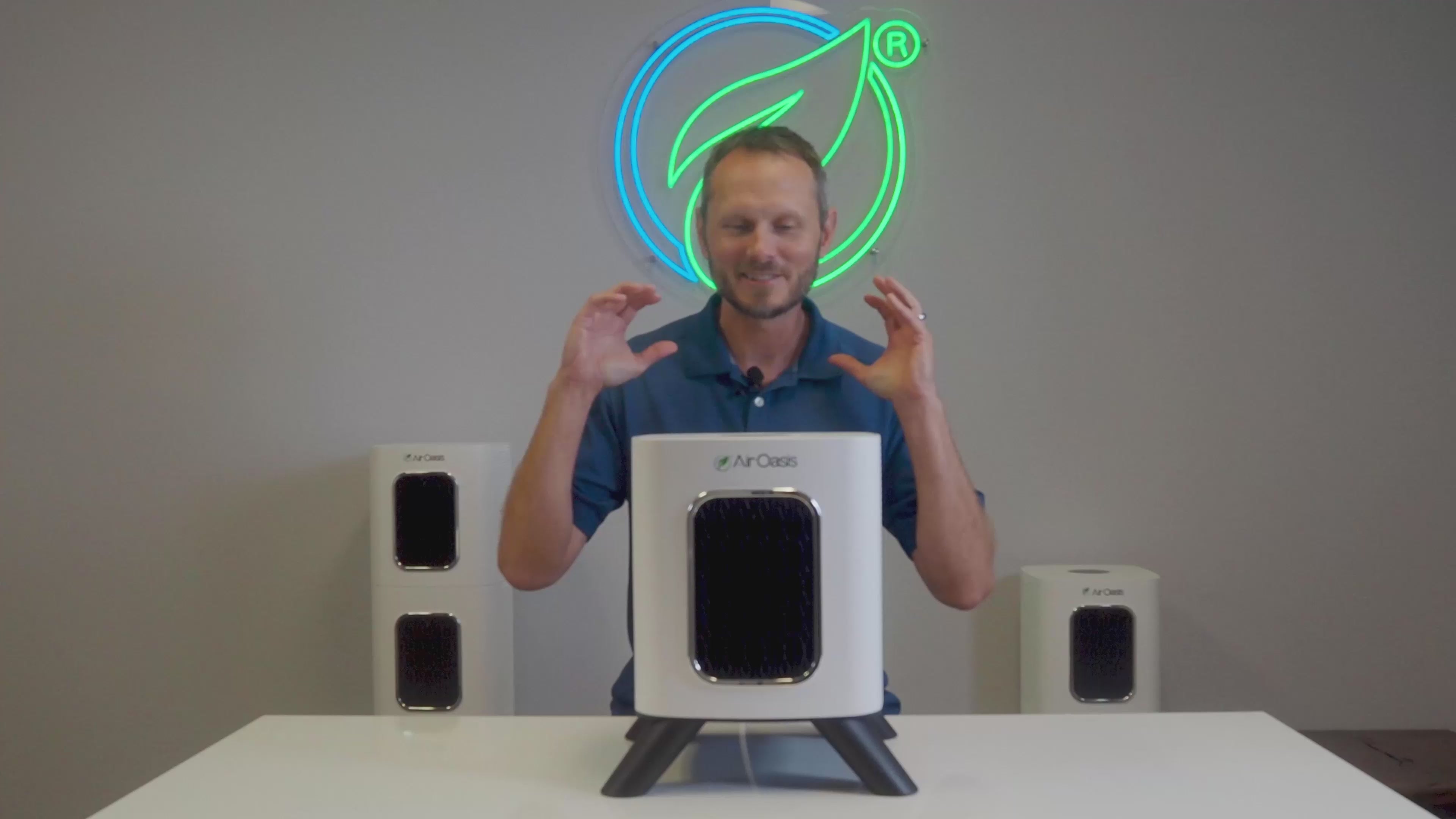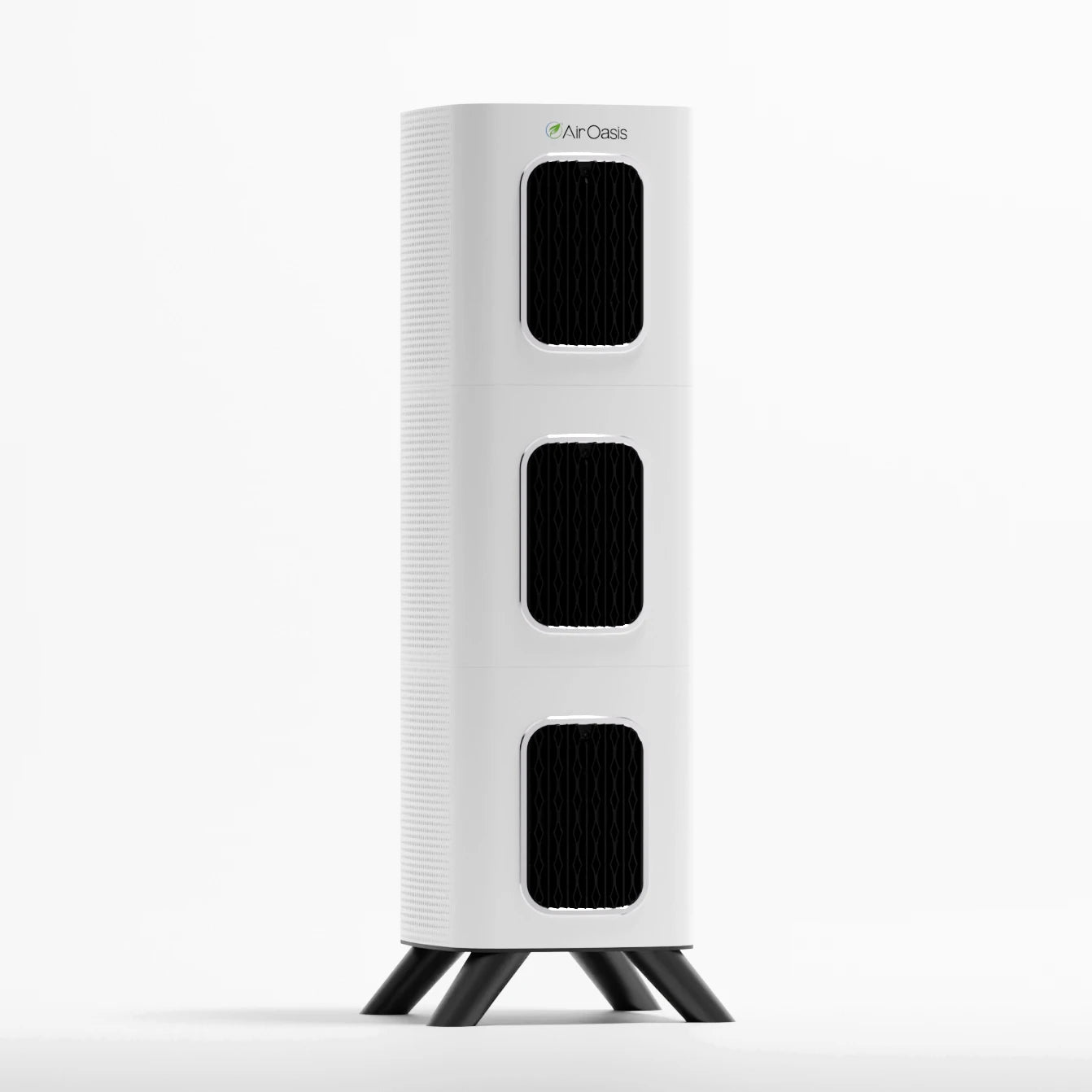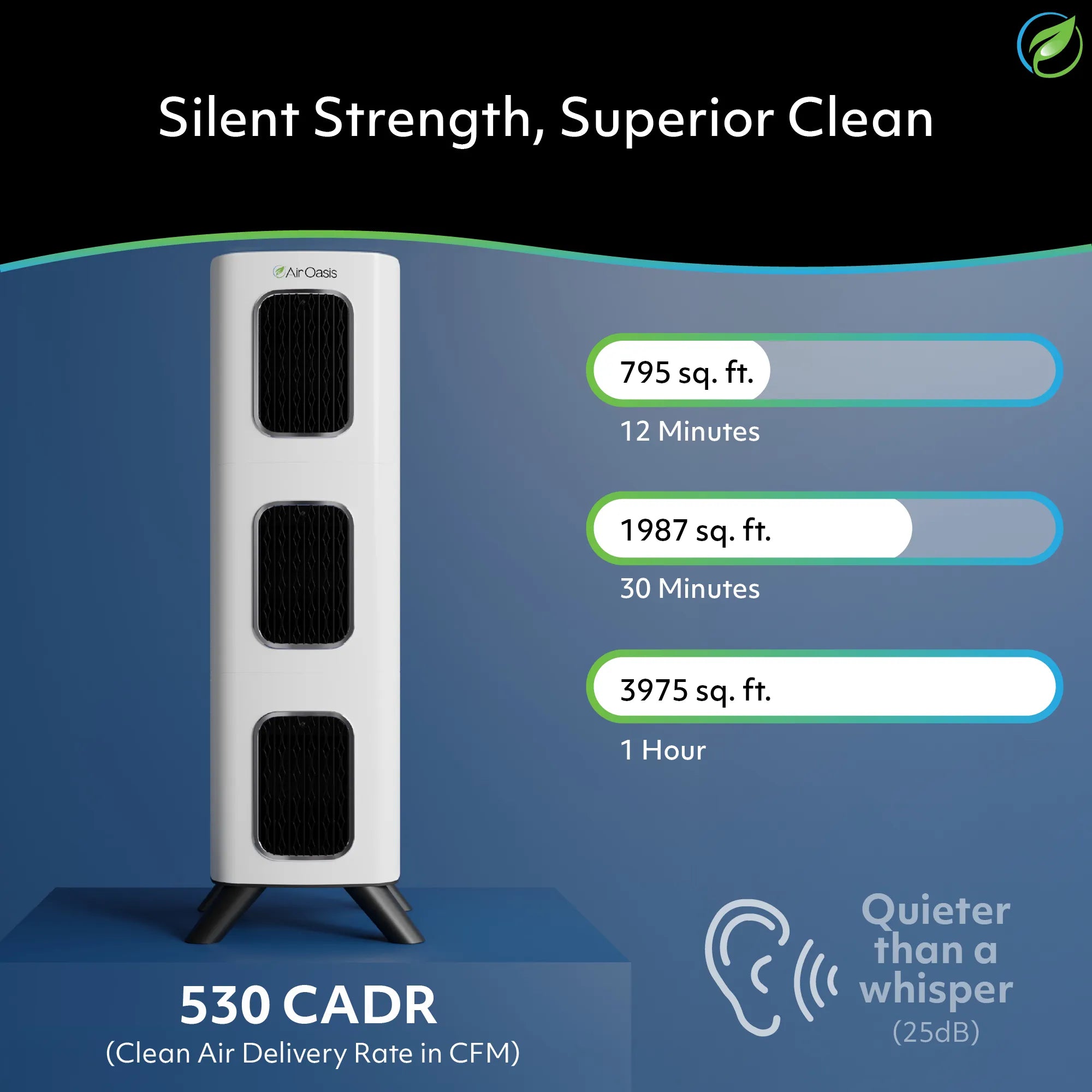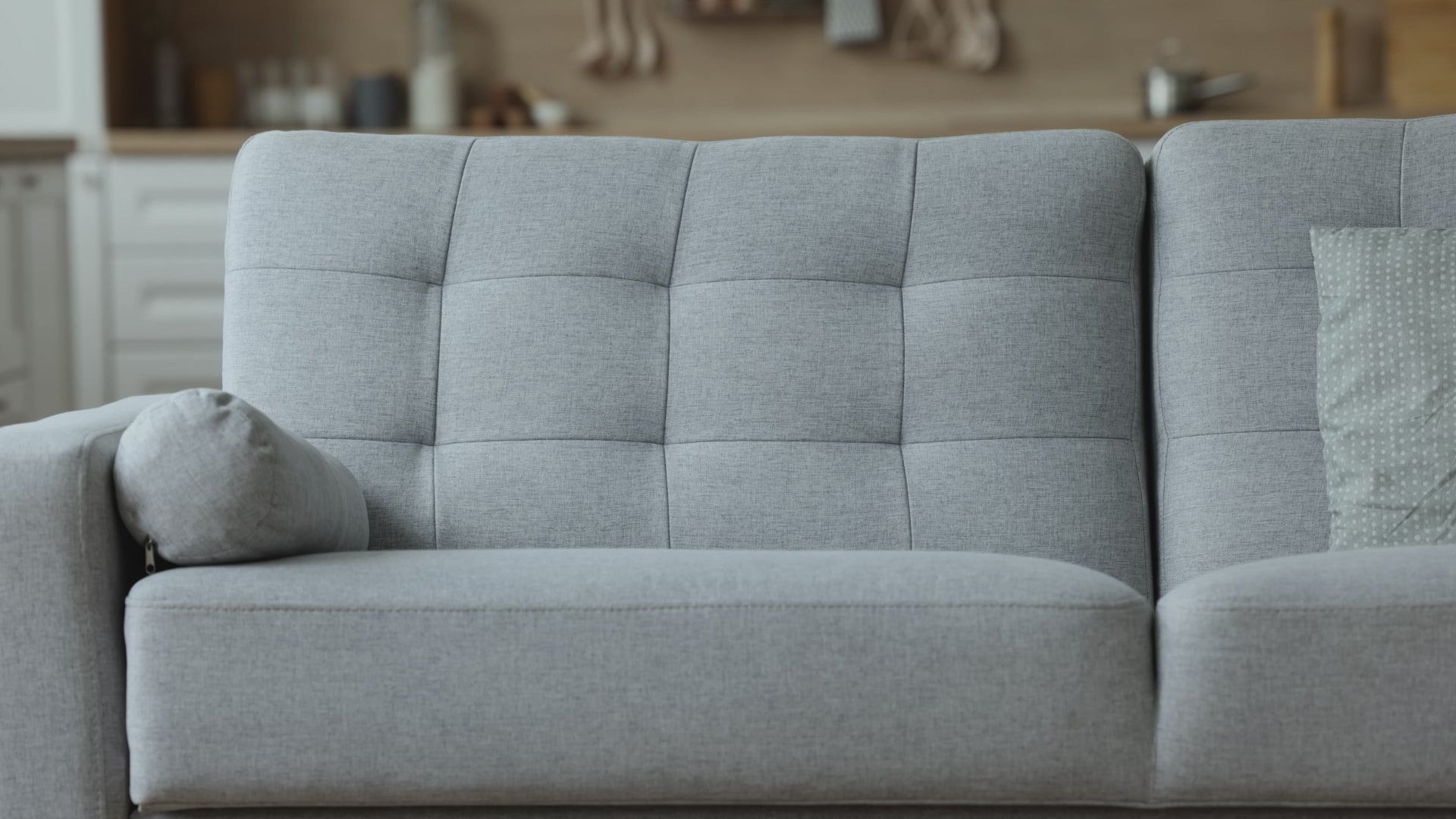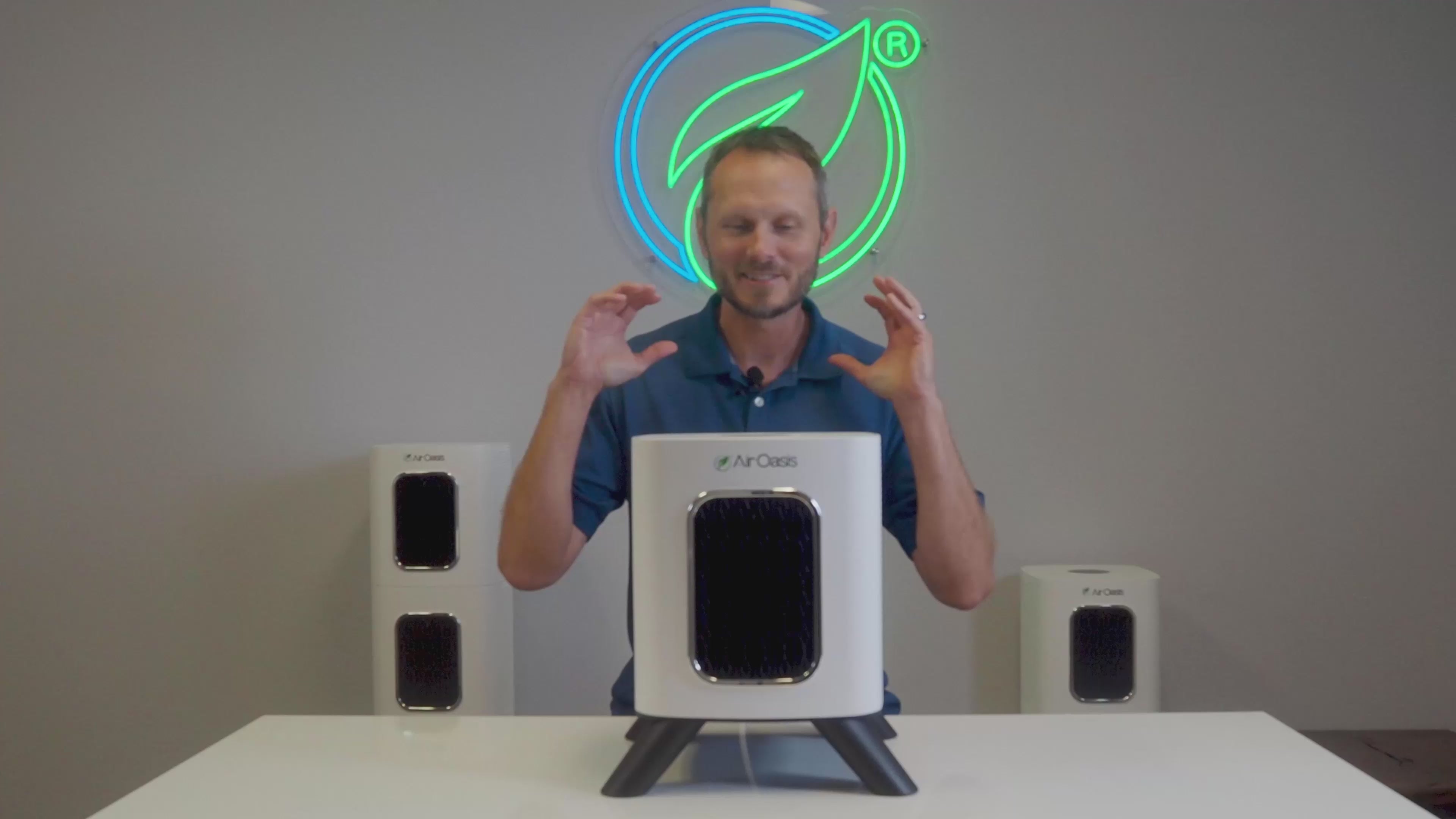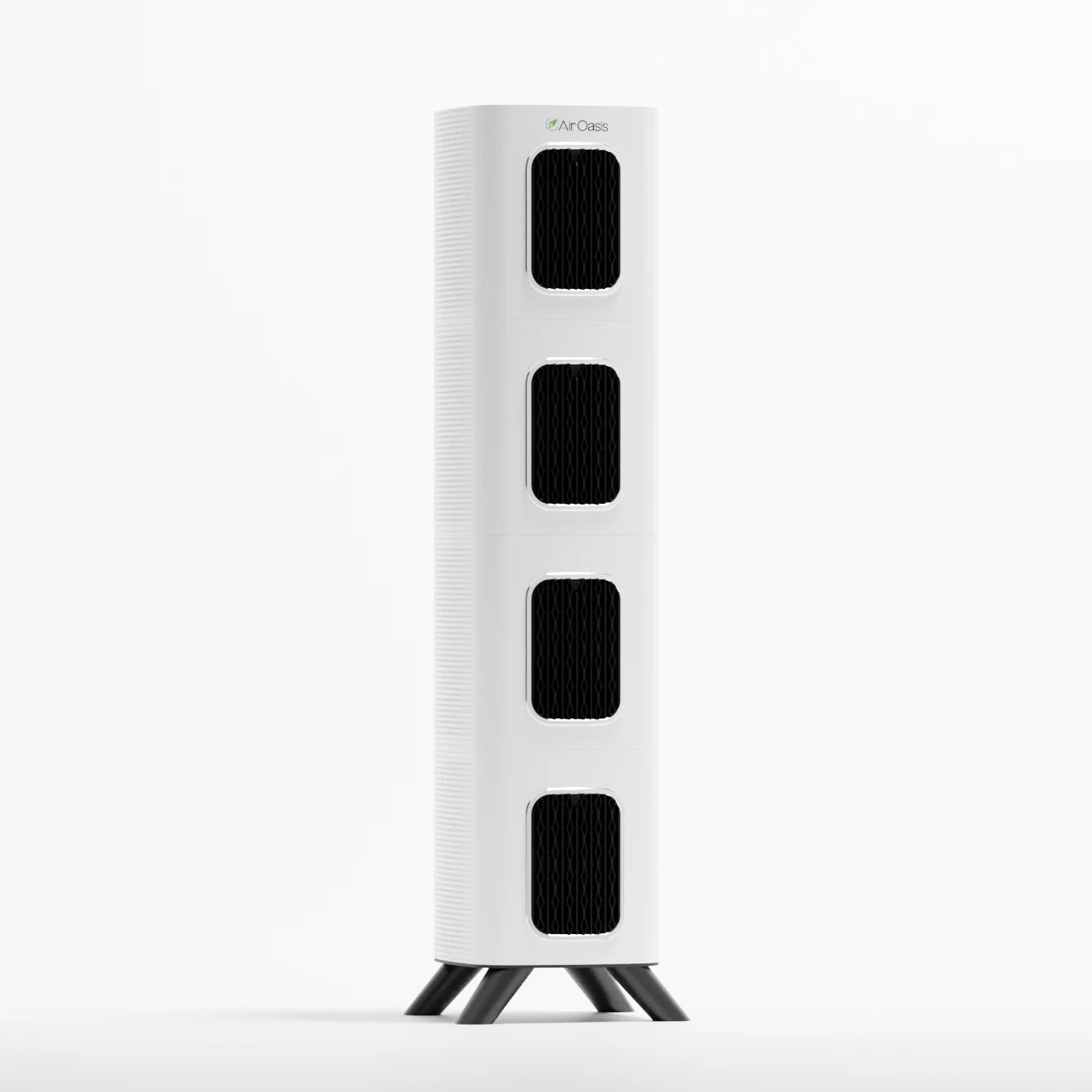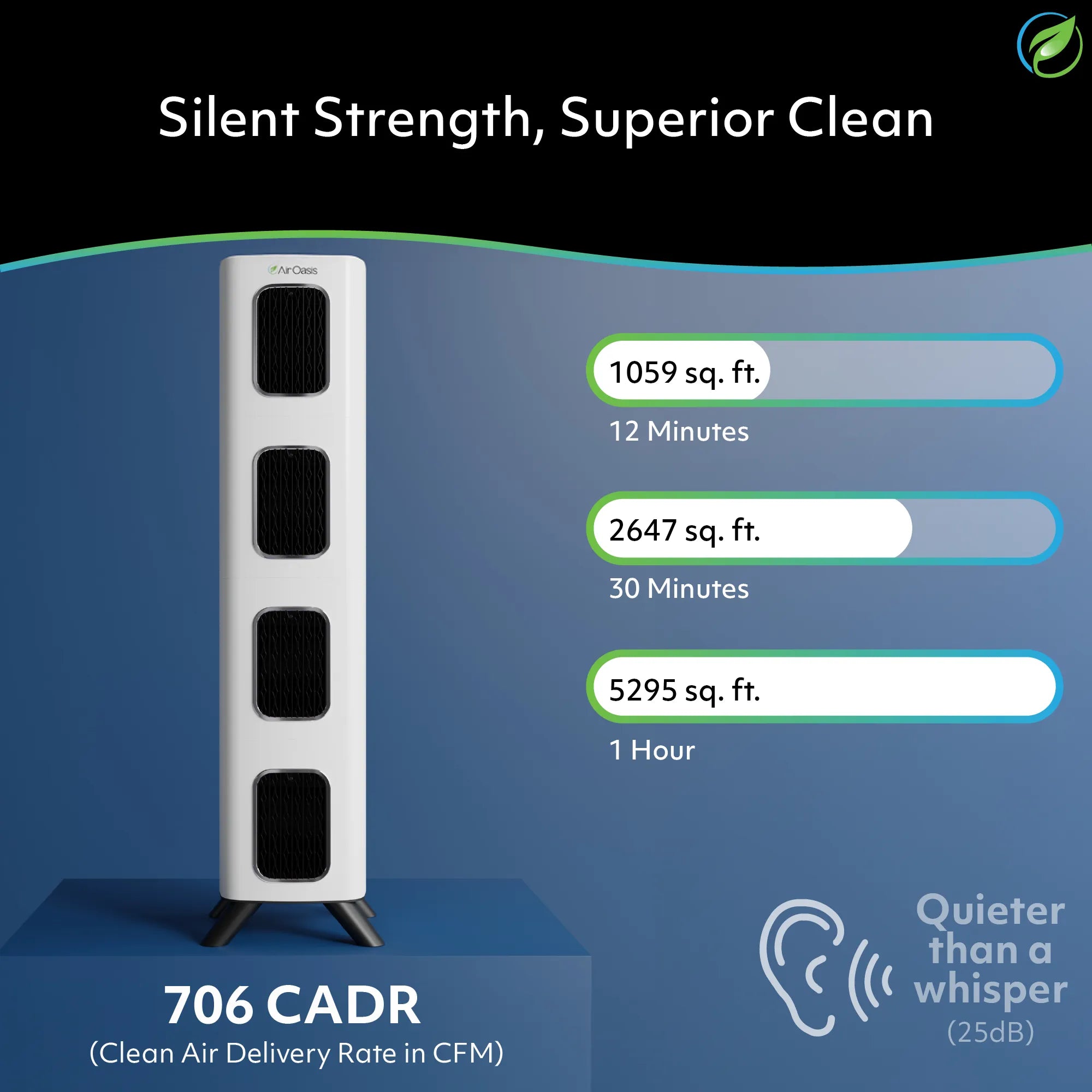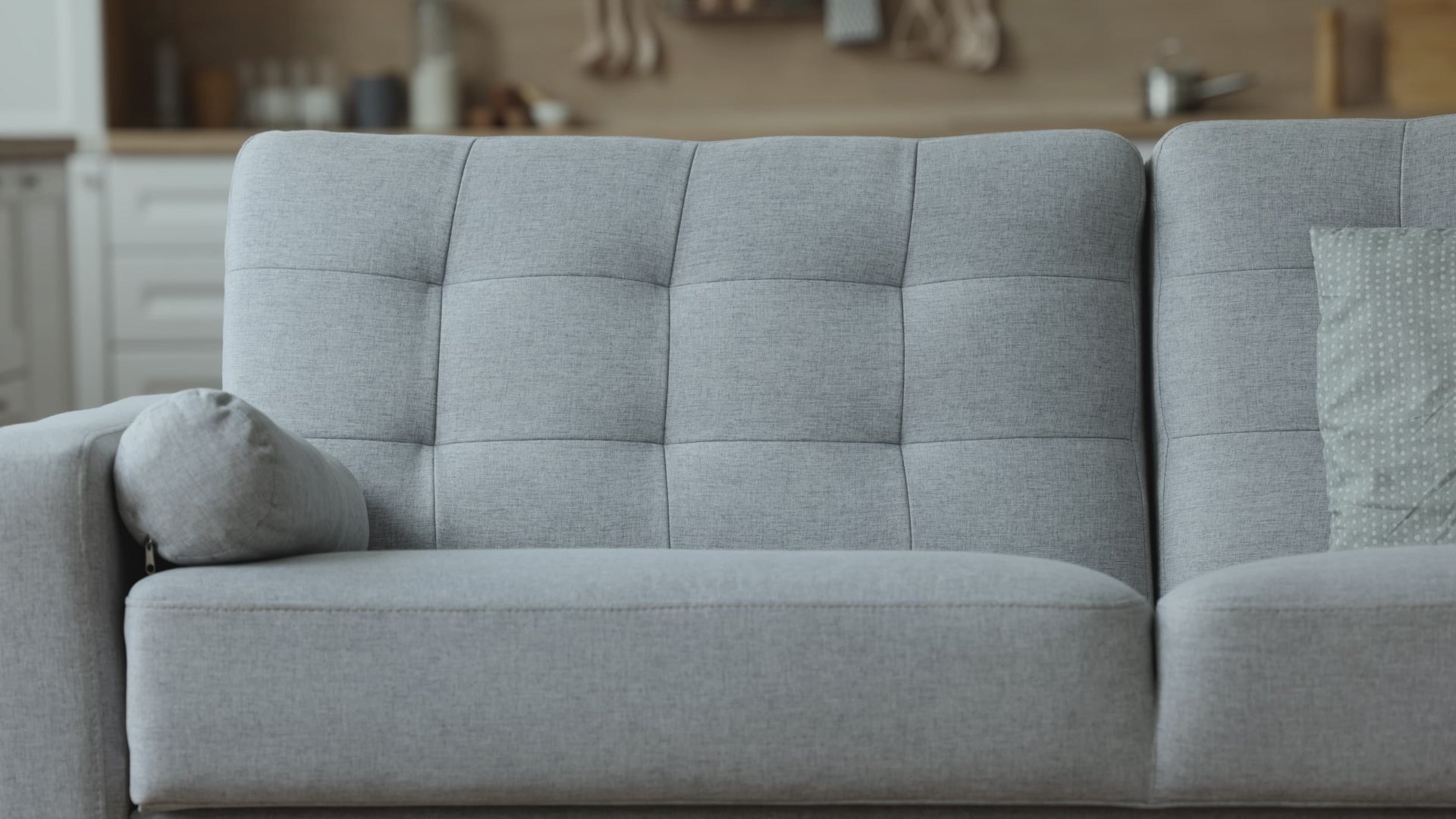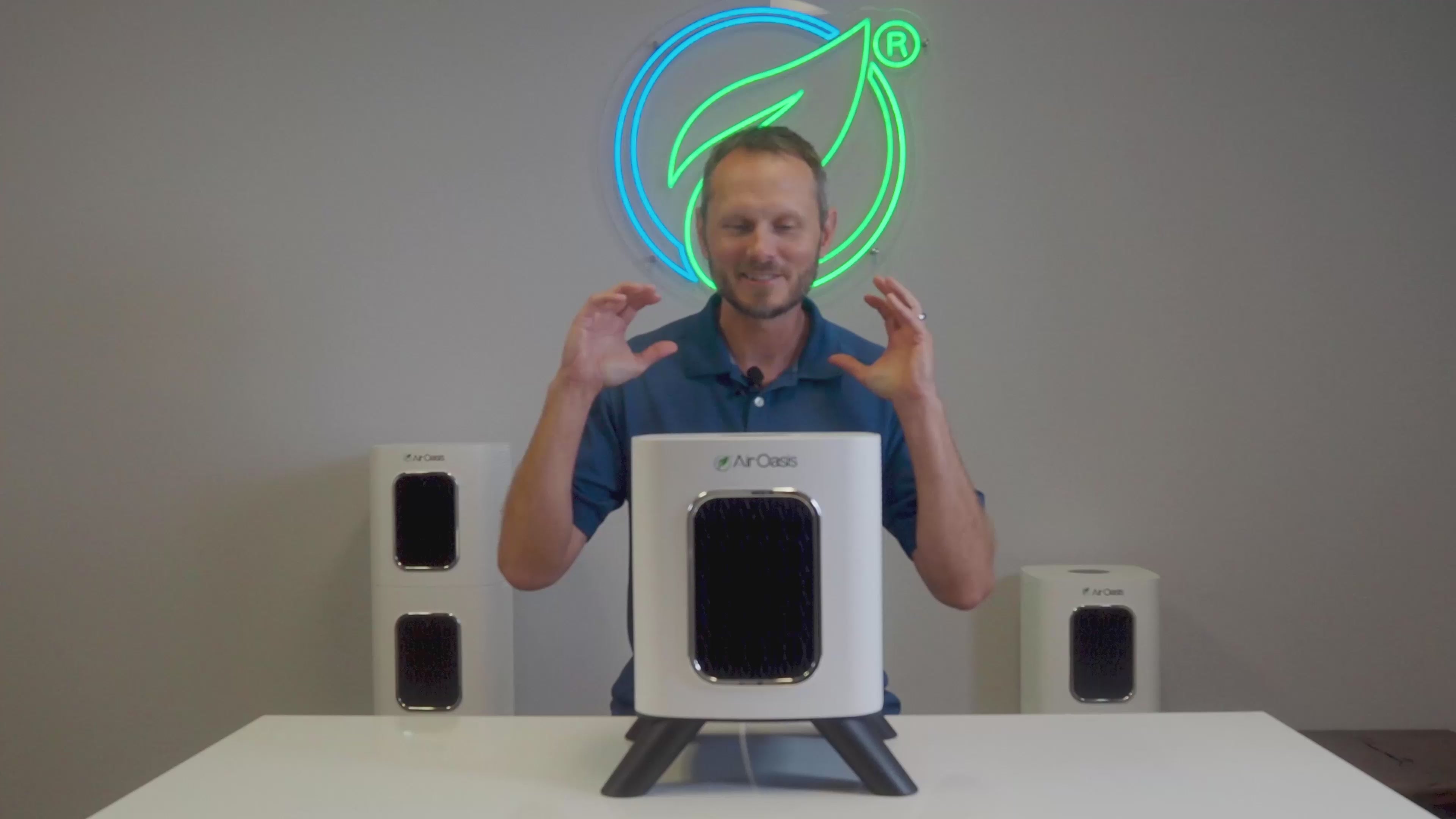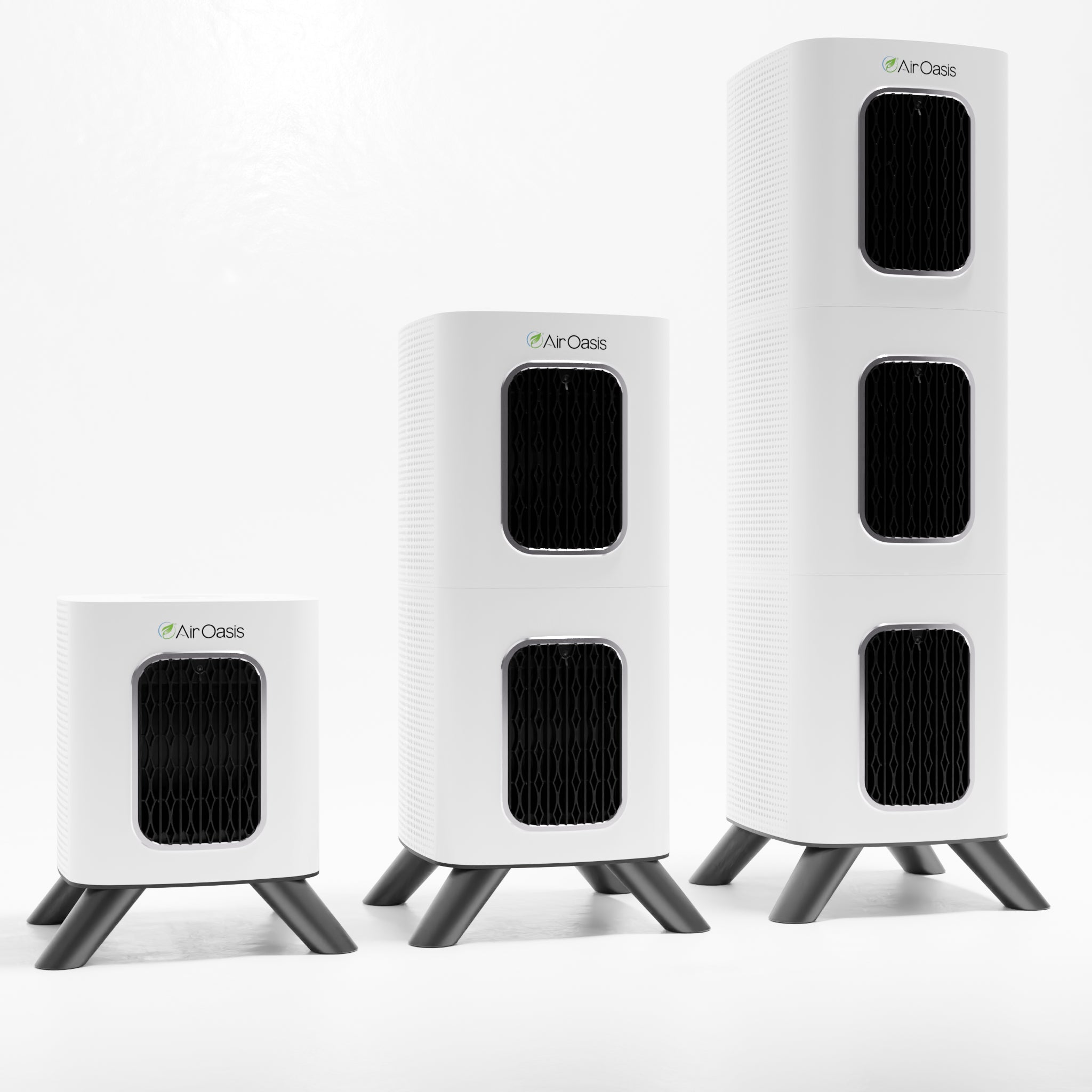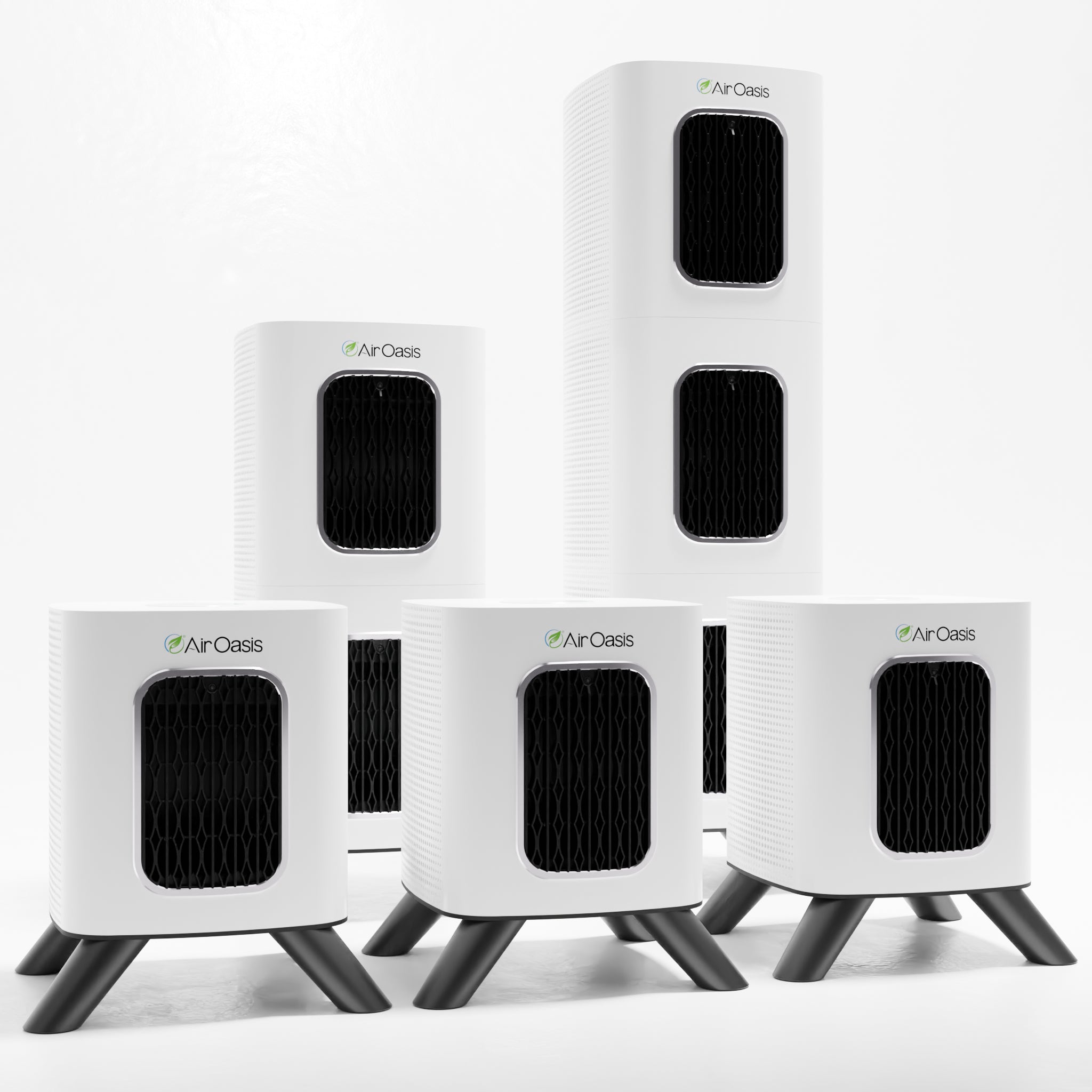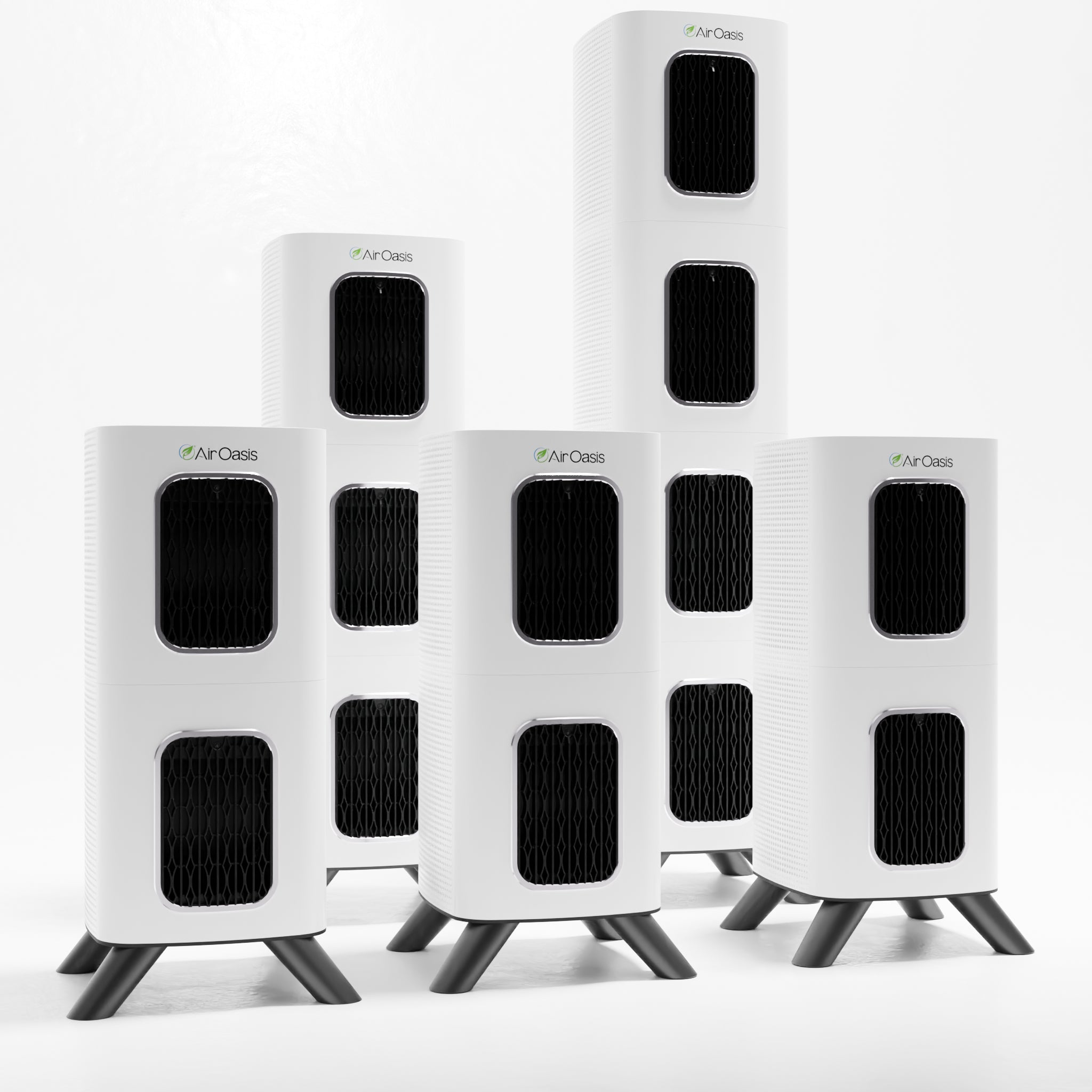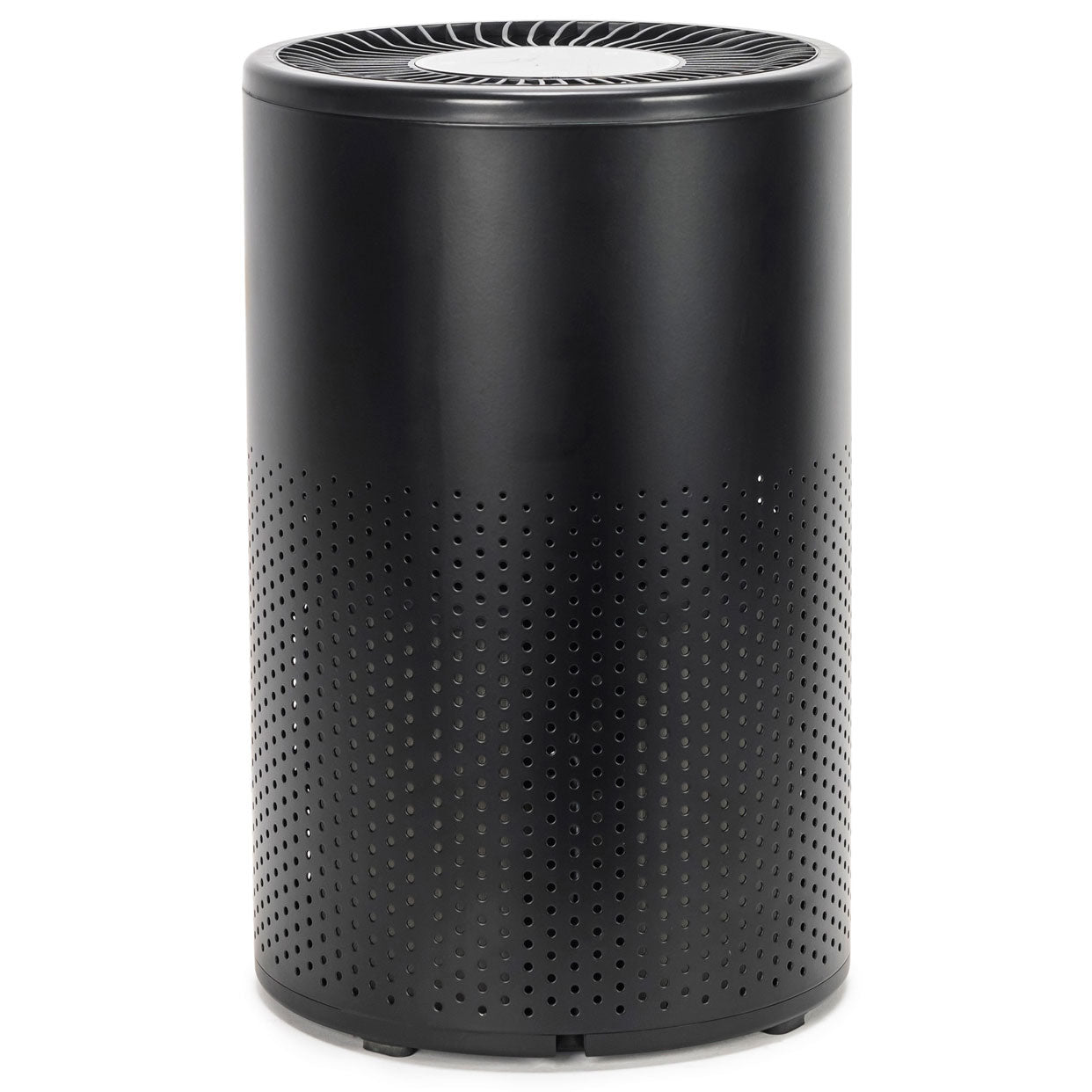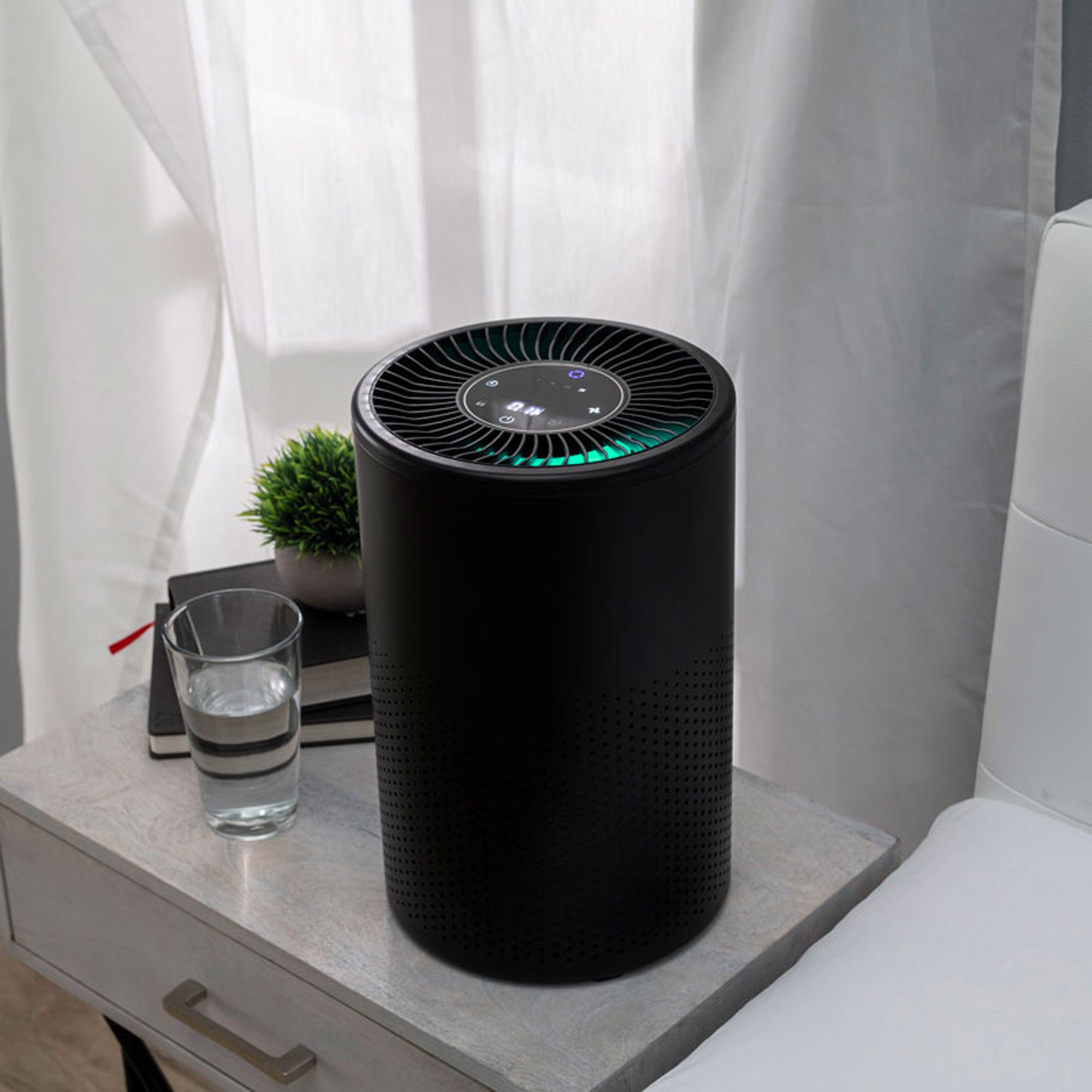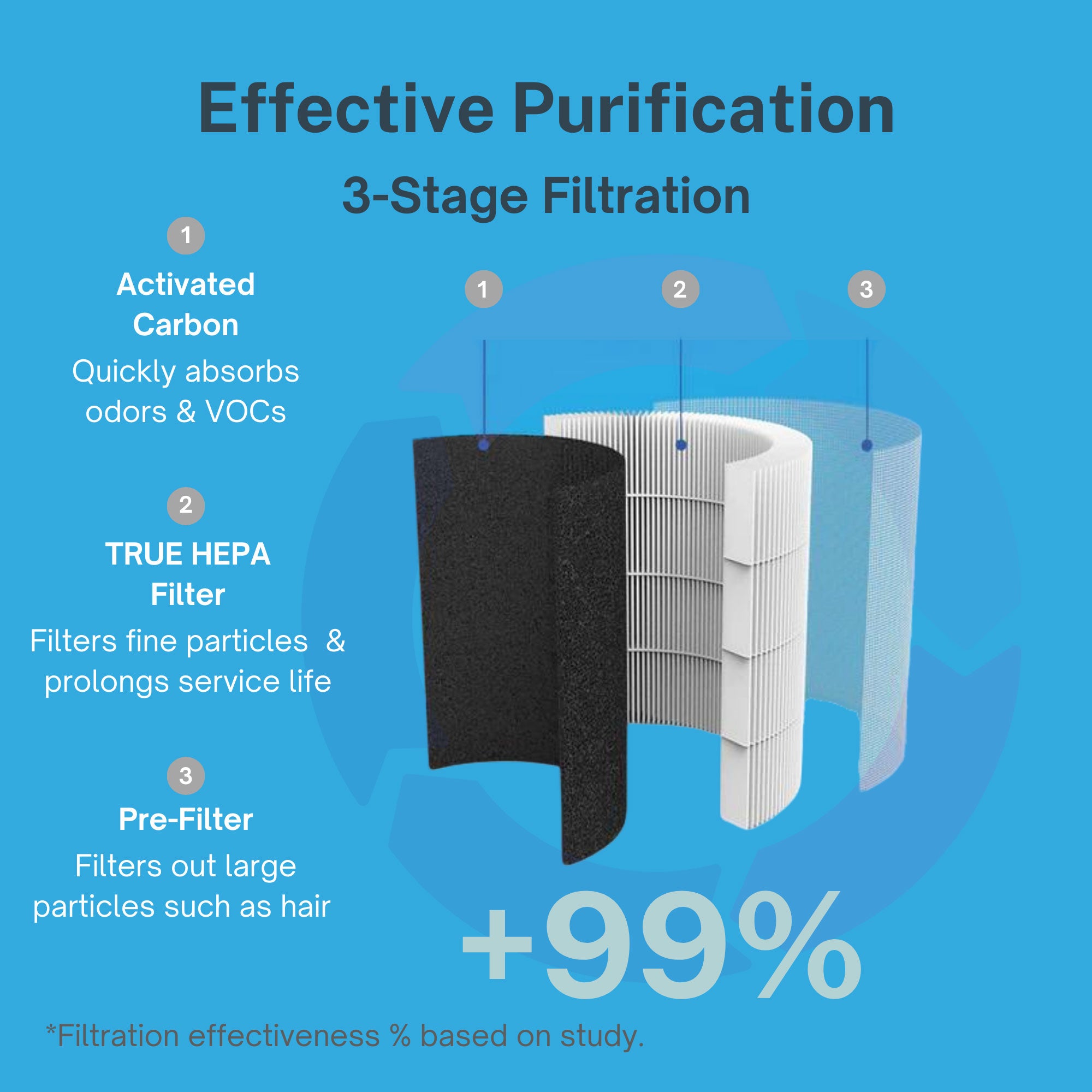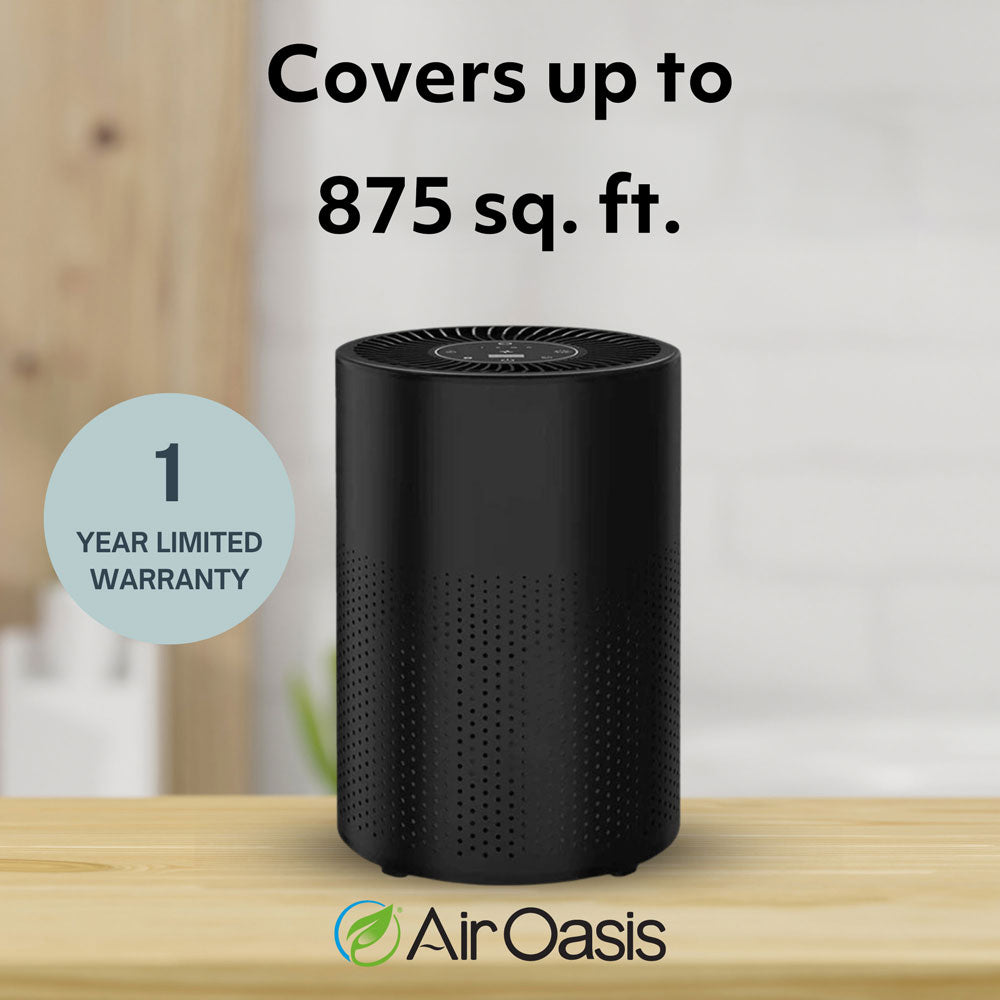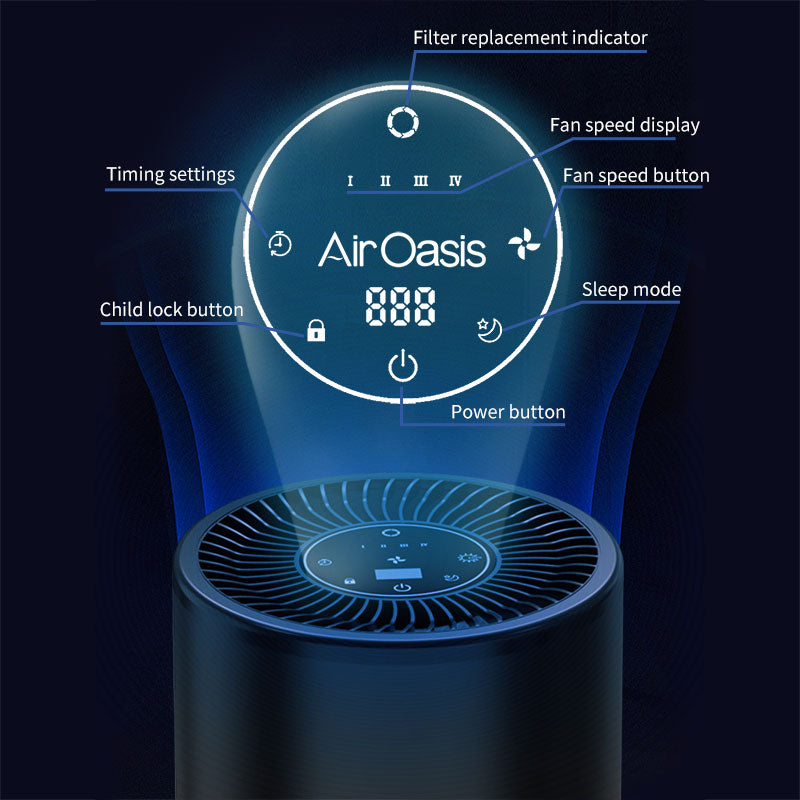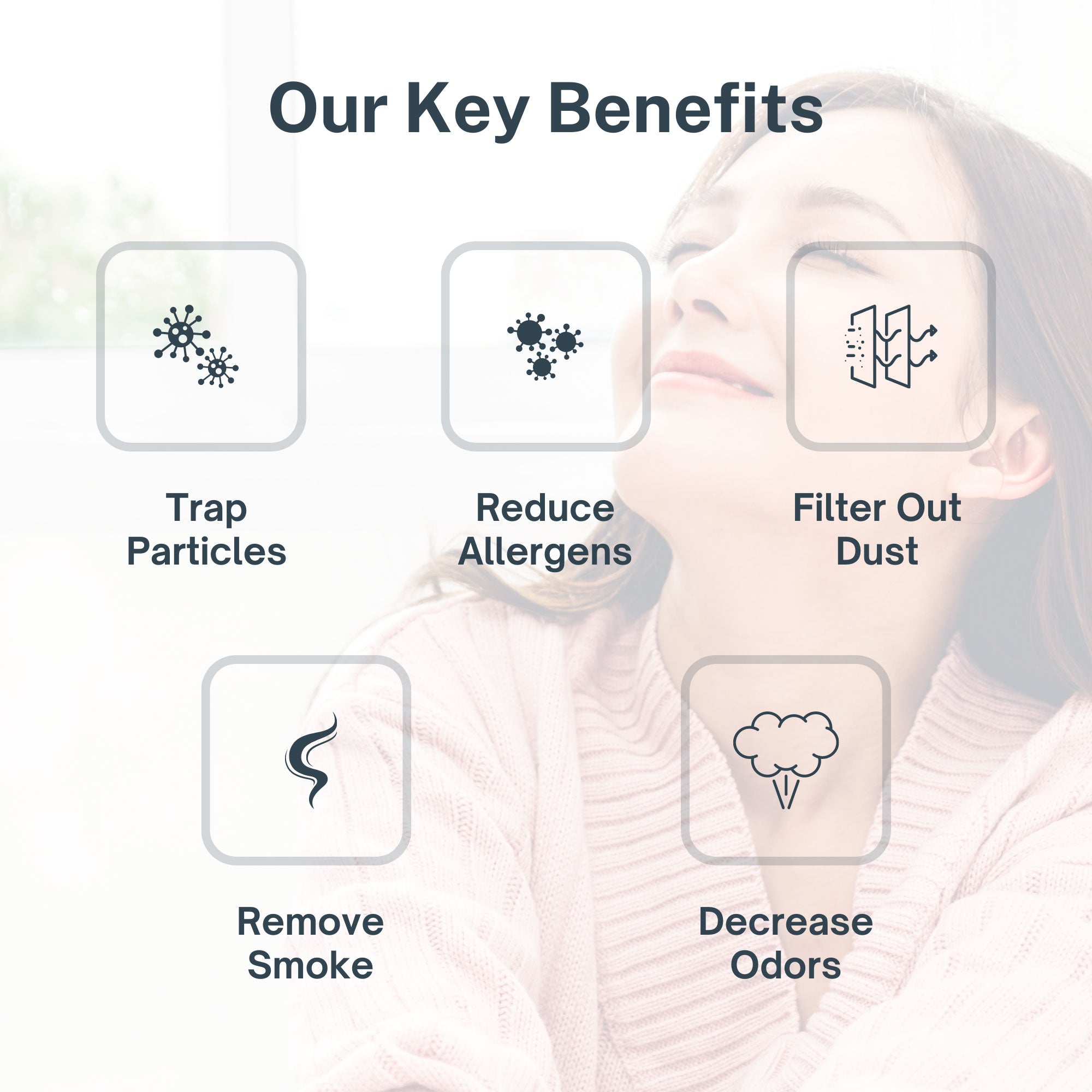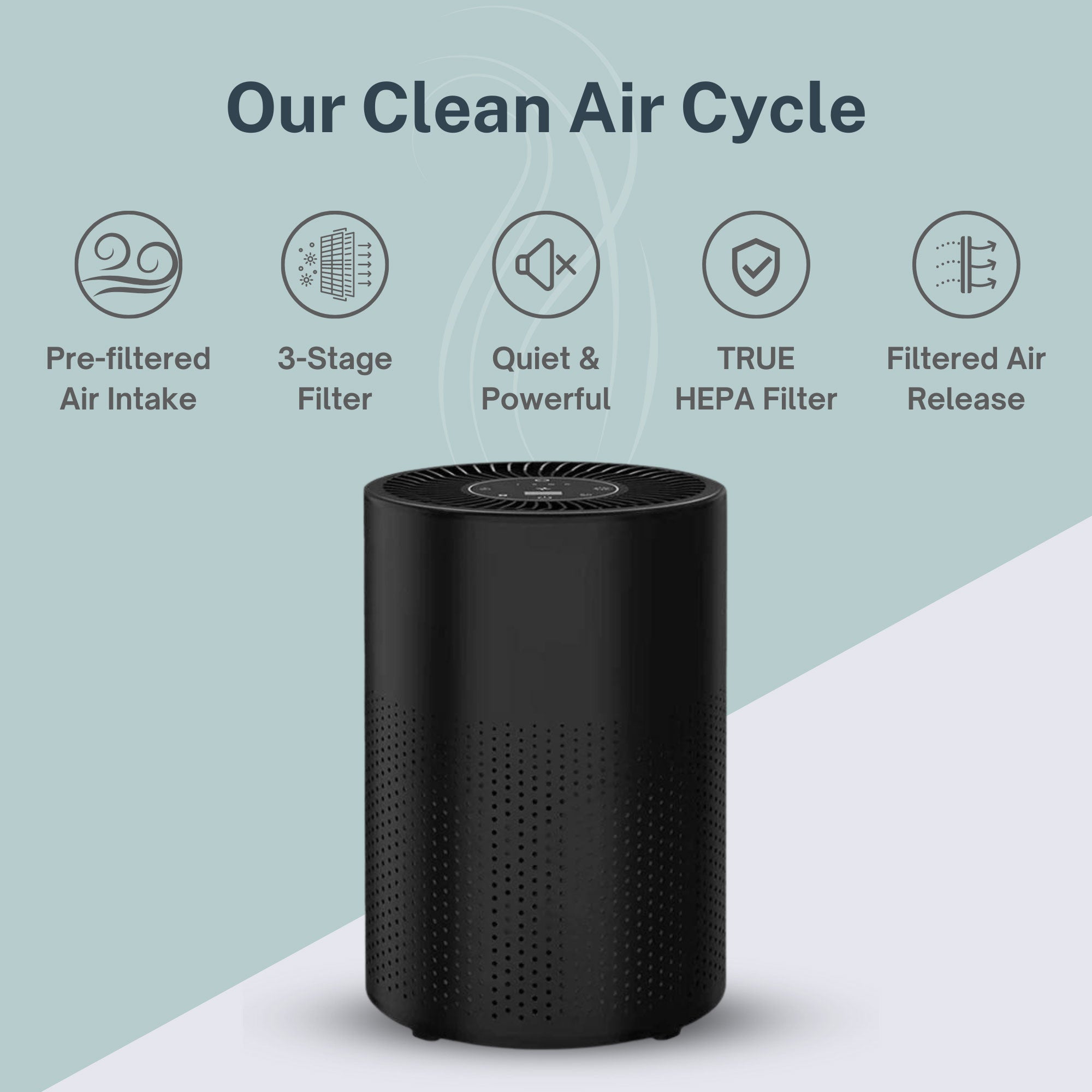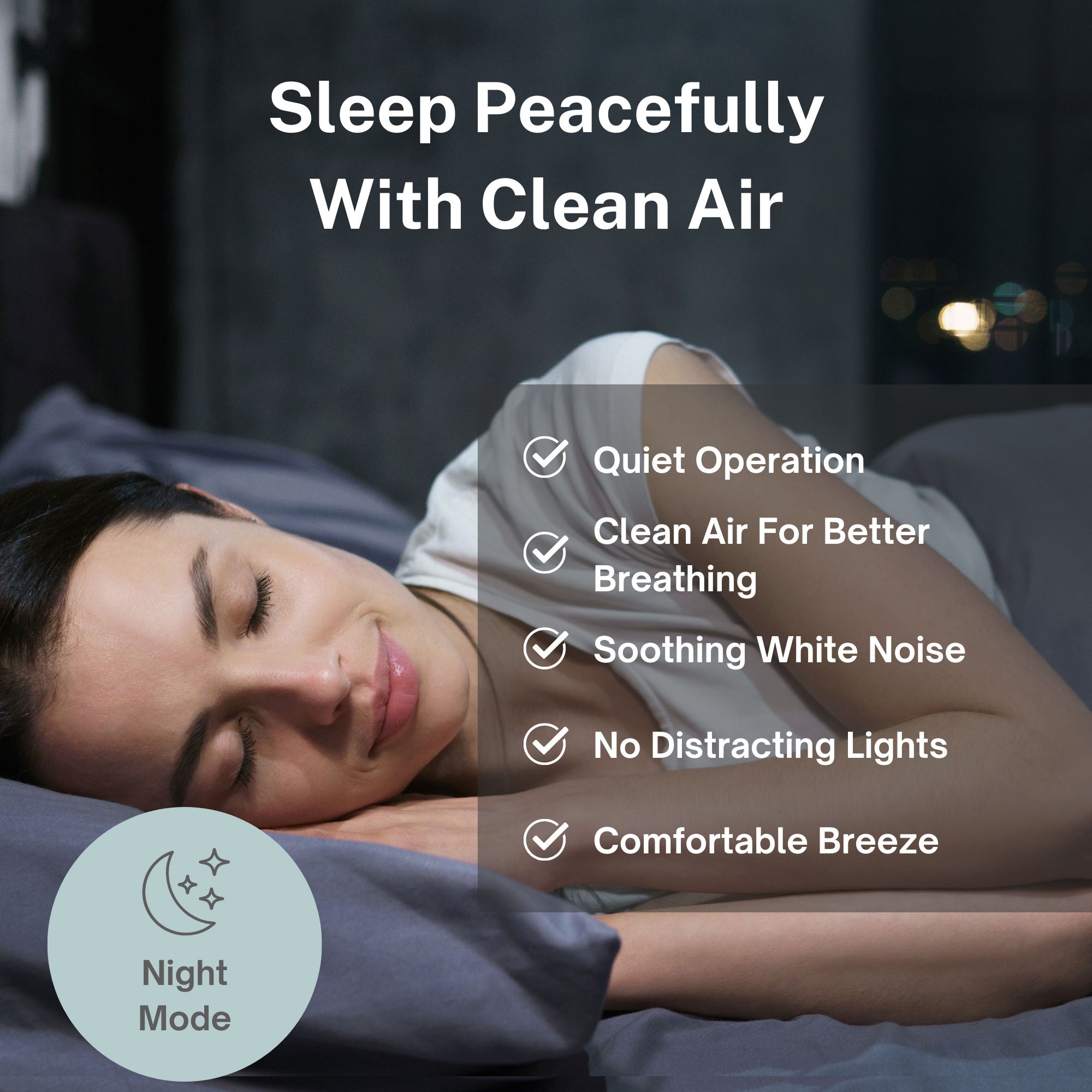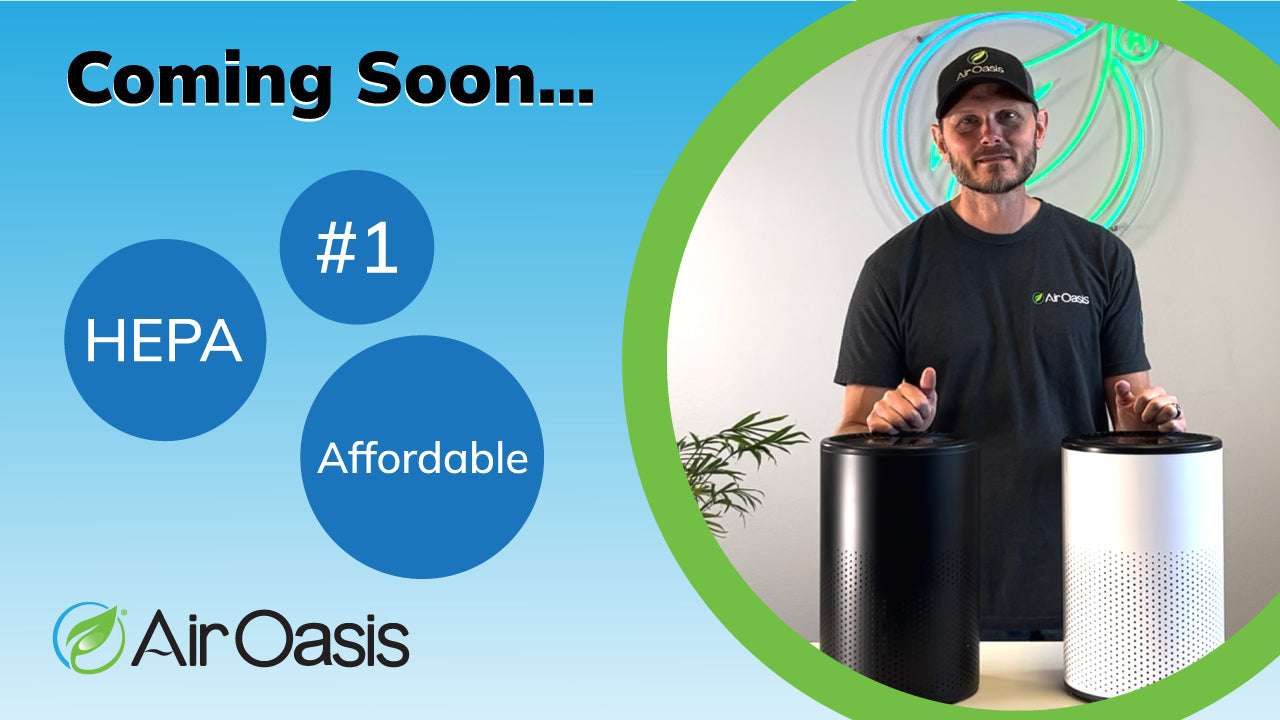HVAC customers depend on you to you to help them maintain healthy, optimal airflow in their homes and often turn to you to provide recommendations on different air purification products and systems.
However, whether it's for whole home air purifiers or portable systems, navigating and understanding the various air purification systems on the market can be a burden.
Want to know more about your indoor air quality? Check out this infographic to find out what's really in the air you're breathing:{{cta('7d188126-169e-4a73-910b-14841f9652ce','justifycenter')}}
Which systems will truly clean the air in an entire home, and which are more limited in scope and effectiveness? This article will help you distinguish between which types of air purification products that can truly clean a whole home, and which you or homeowners should use only for select purposes. We’ll also help you understand the situations in which localized treatment and whole home air purification are best suited for your customers.
Passive and Local-Area Air Purifiers
There are many kinds of local air purifiers, and as as the name implies, these products will only clean the air in close proximity to the device. The majority of these products rely on air contaminants passing through a cleaner or purifier.
While these devices or systems aren’t always labeled as “local area” products, the following three products are limited in the space they can clean and will fall short of whole home purification.
HEPA Filters
HEPA filters installed in an AC or furnace are not technically considered air purifiers. They are part of the indoor air quality (IAQ) system, however. They are part of the “passive” category of air purifiers because contaminants must pass through the filter.
While filters will at least trap some airborne particulates, they don’t capture smaller bacteria or viruses. They also won’t trap contaminants living on surfaces throughout your home or airborne particulates that aren’t drawn in to the filters. Even when a filter captures microorganisms, it can become a breeding ground for bacteria, increasing their population within a purifier. HEPA filters are also unable to remove volatile organic compounds (VOCs) such as fumes from paint, carpets and furniture that are harmful to breathe in. Neither will they clean cigarette or cigar smoke, either.
Limited System-installed Air Purifiers
There are a number of different mechanisms air purifiers use to clean indoor air, but these three are specifically limited to purifying only local areas:
- UV Lights – Very large UV lights shine in close proximity to a contaminated surface to cleaning affected areas. An example is the large UV lights used to disinfect rooms in a medical facility. They are, of course, limited to the space on which the light shines directly and in close proximity.
- Photocatalytic Oxidation (PCO) – Combining a UV light and a basic catalyst consisting of titanium dioxide (Ti02), this mechanism creates short-lived hydroxyl radicals that do not last long enough to travel into an airspace.
- Particulate Traps – Like filters, these traps only clean the air that is driven through them. But because not all air (and its airborne contaminants) will travel through this unit, it’s limited in what it can clean. Particulate traps can also create static pressure and increase the wear and tear on an HVAC system.
Portable Systems
Portable air cleaners with the right technology can be an effective way to keep the air in your office or rental property clean. Portable purification systems aren’t built to clean an entire home, however. They’re built to serve a single room or, in rare cases, up to two rooms. The following are the most common technologies used in portable systems:
- Ozone Generators – This technology over-relies on O3 to fight contaminants. Ozone is a naturally-occurring ion in nature and in your home, and at low levels can effectively neutralize odors. But at the level of O3 required to clean the air of contaminants, this technology should be used with caution. Site clean-up or remediation are legitimate uses for “ozone generators.” Clearing a hotel room of smoke odor between occupancy is another good use, but the air purifier should be removed in advance of the space being occupied.
- Negative Ionizers – This technology floods your air with negative ions that attract positively-charged contaminants. When these opposites meet, they create a compound particle that becomes heavy and falls out of the air and can be removed with a broom or vacuum. Negative ionizers will not attract negatively-charged contaminants, however, limiting their effectiveness compared to bi-polar ionization.
- UV Light-Filter Combinations – The filters used in these systems are typically low level and have a limited impact on germs. They’re also hard to access for cleaning purposes. And as outlined above, UV lights have very limited impact on contaminants levels.
There are portable systems that use some of the same advanced technologies used in legitimate, active air purification systems used for whole home purposes. These are very effective for limited spaces. Learn about these two technologies in the next section.
Active Whole Home Air Purifiers
The best way to clean the air and surfaces throughout a building is to send out germ-fighting ions into the airspace to get the job done. And this must be done safely and effectively. When the decontamination and air purification of a system primarily occurs in occupied indoor spaces (not just within or near a device), the system is referred to as an “active solution.”
There are two prevailing technologies that clean an entire home’s air in this manner: bi-polar ionization and what we refer to as advanced photocatalytic oxidation. Both are ionic air purifiers and should be installed by a licensed HVAC contractor. Installed in an HVAC system, ionic purifiers produce long-lasting ions that it sends out into a home and its occupied spaces to actively fight against contaminants. These ions decontaminate bacteria, viruses, mold, smoke, allergens and VOCs. They even neutralize very fine, harmful particles that are as small as 0.01 microns. (It’s important to note that other technologies do not have ions with sufficient longevity to be considered active).
Bi-Polar Ionization
Bipolar ionization is an especially effective variant of this methodology. Also known as “cold plasma” technology, bipolar ionic purifiers send positively- and negatively-charged ions into occupied spaces of a given home. As they travel through the air, they create a clumping effect among smaller particulate matter such as dust, pollen and mold spores. These clumps become too heavy to remain airborne and fall out of the air. These ions also deactivate single-celled, carbon-based organisms such as fungi, viruses and bacteria, whether they’re in the air or resting on surfaces in a home.
Advanced PCO
A far more effective purifying technology than the standard photocatalytic oxidation noted above, advanced PCO produces a safe level of a variety of germ-killing ions that decontaminate air and surface areas.
Whereas standard PCO only produces short-lived hydroxyl radicals, advanced PCO technology uses a more complex catalyst formula to create additional ions that create a very effective ion mixture that actively seeks out contaminants and damages their DNA. This damage stops particulates from being able to replicate and eventually kills them off. The redundant ions allow for small amounts of each type of ion to travel farther. And collectively, they are as effective as large amounts of any one type of ion, including (and especially) ozone.
While bi-polar ionization is particularly effective at reducing airborne particulate, the hallmark of advanced PCO is a noticeable reduction in unwanted odors – in addition to all the same air cleaning qualities.
Which Air Purification Technology and Product is Best?
While there are many air purification technologies and products to choose from, the right one for a homeowner depends on their needs. No matter how you choose to tackle whole home air purification, choose the best-fitting product, but also make sure to have it professionally installed by a licensed HVAC technician to ensure its effectiveness.
Want to learn more about what’s really in the air we breathe? Considering we spend 90% of our time indoors, it would be good to know.
Click below to download our infographic and learn some eye-opening stats about YOUR indoor air quality.
{{cta('8e432f30-c87c-4560-b8d4-3b386b058fbb')}}

